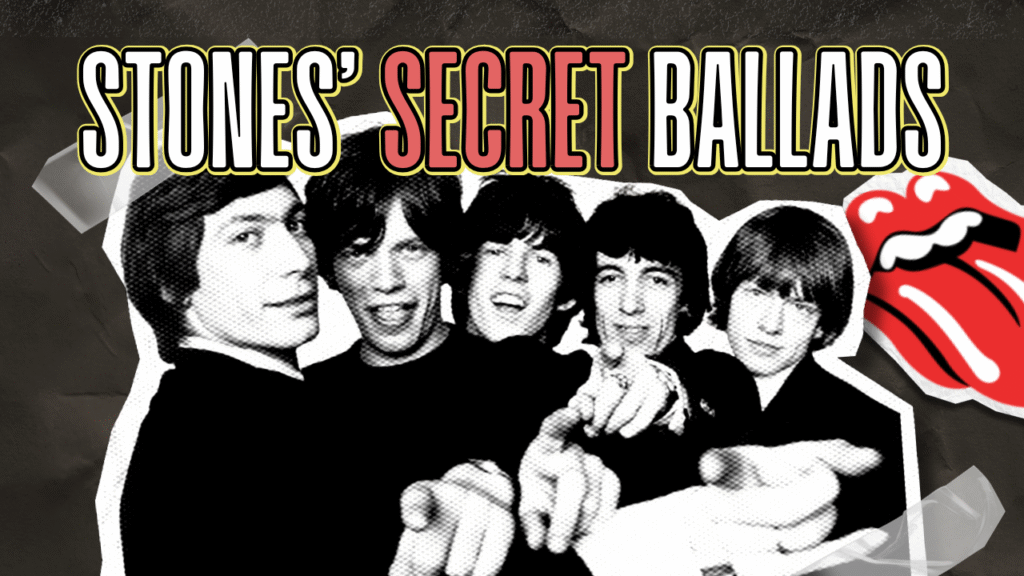
The Rolling Stones built their legacy on electric blues swagger and stadium-shaking anthems, but their secret weapon lies in acoustic arrangements that reveal surprising vulnerability. While Jagger‘s electric strutting defined their public image, these stripped-down moments feel like eavesdropping on late-night jam sessions where the band drops its guard. These nine songs represent the finest moments when the Stones traded electric chaos for acoustic clarity, revealing the beating heart beneath the leather jacket — tracks that deserve more Spotify playlist real estate than “Paint It Black” for the millionth time. For listeners eager to explore beyond the hits, the full Rolling Stones discography offers a roadmap to the band’s vast and varied output.
9. “Ruby Tuesday” (Between the Buttons, 1967)

“Ruby Tuesday” represents perfect marriage of the Stones‘ pop craftsmanship and acoustic sensibilities. Released in early 1967, the song builds around Brian Jones‘ recorder and piano work, with Richards‘ acoustic guitar providing harmonic foundation.
Distinctive sound comes from unique instrumentation – particularly counterpoint between Jones‘ recorder and Bill Wyman‘s double bass, creating chamber-pop atmosphere unusual for the band. Perfect song structure sees verses float dreamily before the chorus delivers one of their most memorable melodic hooks.
8. “Sweet Virginia” (Exile on Main St., 1972)
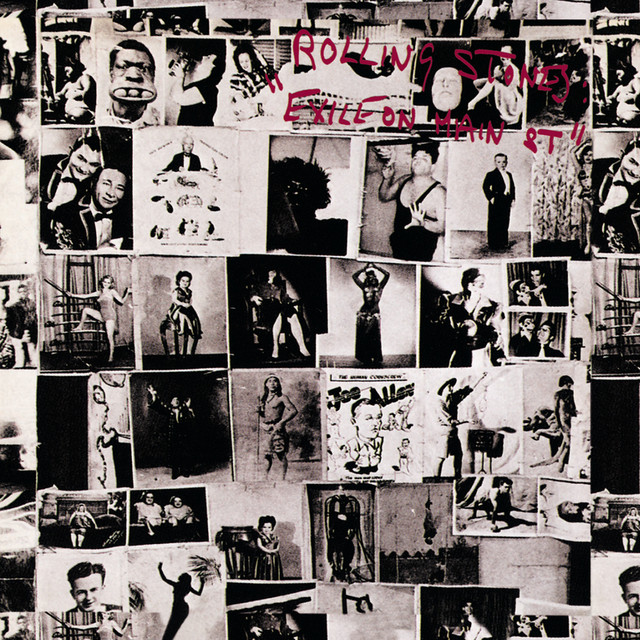
“Sweet Virginia” epitomizes the loose, ramshackle country-blues approach that defined Exile on Main St., arguably the band’s greatest album. Recorded partly at Richards‘ French villa Nellcôte, the track captures the band at their most authentically American-sounding despite European exile.
Shuffling rhythm and ragged harmonies create late-night jam session atmosphere, with Bobby Keys‘ saxophone weaving through acoustic guitars, piano, and harmonica. Jagger‘s vocal delivery incorporates country phrasing that demonstrates his chameleon-like ability to inhabit different musical personas.
7. “As Tears Go By” (December’s Children, 1965)
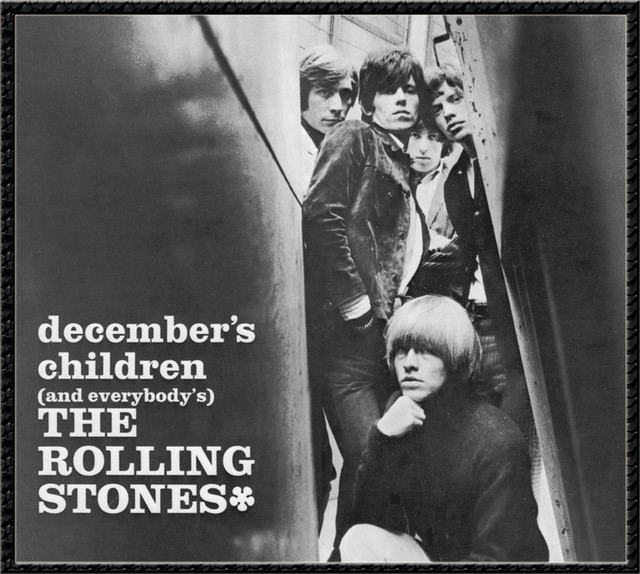
“As Tears Go By” holds special place in Stones history as one of the first original Jagger-Richards compositions, initially written for Marianne Faithfull. The song’s gentle acoustic arrangement and string orchestration represented dramatic departure from raw blues covers dominating their early repertoire.
Simple acoustic guitar pattern supports melody that feels both melancholic and timeless, while string arrangement adds emotional weight without overwhelming the song’s intimate core. Jagger‘s surprisingly tender vocal performance hints at depths later explored in songs like “Wild Horses.” The song’s gentle acoustic arrangement and string orchestration represented a dramatic departure from raw blues covers—its simple guitar pattern is ideal for those starting guitar lessons.
6. “Waiting on a Friend” (Tattoo You, 1981)

“Waiting on a Friend” demonstrates how the Stones‘ acoustic approach matured in later years. Beginning as an instrumental during the Goats Head Soup sessions before completion nearly a decade later, the track developed warm, lived-in quality that perfectly matches its friendship theme.
The arrangement builds around Richards‘ gentle acoustic pattern, with Nicky Hopkins‘ piano and Sonny Rollins‘ saxophone adding sophisticated jazz elements. Charlie Watts‘ understated drumming provides perfect rhythmic foundation, demonstrating his unique ability to serve the song rather than dominate it.
5. “Wild Horses” (Sticky Fingers, 1971)
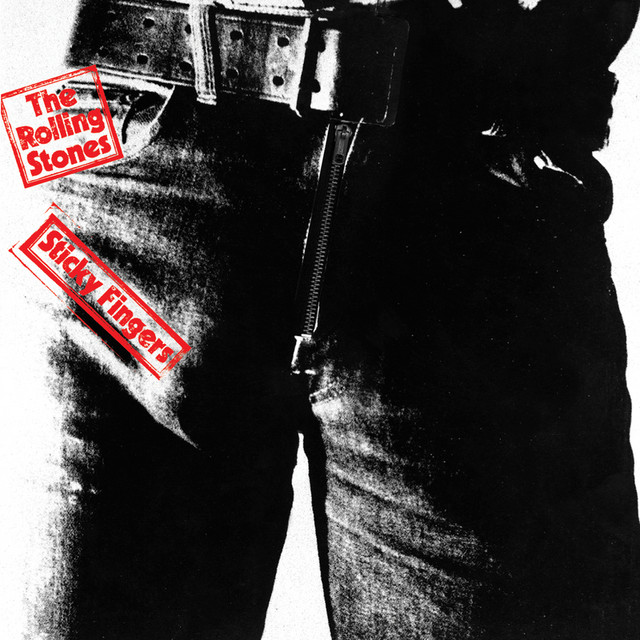
“Wild Horses” stands as the quintessential Stones acoustic masterpiece, floating on Richards‘ open-G tuned guitar that sounds simultaneously weathered and delicate. Recorded at Muscle Shoals during the band’s creative peak, the song captures rare unguarded emotion from Jagger, whose vocal abandons rock star posturing for vulnerability.
The country-tinged ballad showcases deep appreciation for American roots music, with Jim Dickinson‘s piano adding subtle texture without overwhelming the song’s stark beauty. What makes “Wild Horses” extraordinary isn’t technical complexity but emotional authenticity – rock’s most theatrical frontman dropping the act and simply singing from the heart.
4. “Sitting on a Fence” (Flowers, 1967)
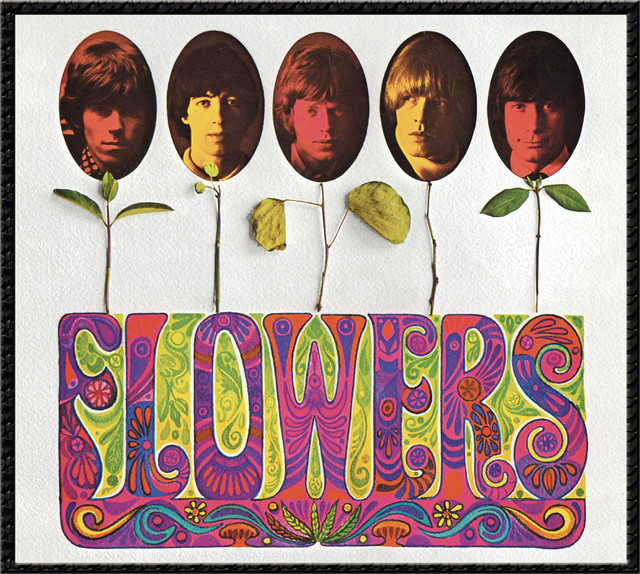
This overlooked gem from the Aftermath sessions showcases early exploration of folk and country influences. Jangly 12-string acoustic guitars and bouncy rhythm create deceptively cheerful backdrop for Jagger‘s cynical observations about commitment-phobic relationships. Seriously, this track should be mandatory listening for anyone who thinks the Stones were just three-chord merchants.
The track seamlessly blends British folk sensibilities with American country influences, creating something neither entirely American nor British. Brian Jones‘ dulcimer contributions add distinctive texture, while Bill Wyman‘s melodic bassline provides subtle counterpoint. The song represents growing songwriting sophistication during their rapid evolution beyond simple blues covers — proof that depth existed long before the industry started packaging “deep cuts” as premium content.
3. “You Got the Silver” (Let It Bleed, 1969)
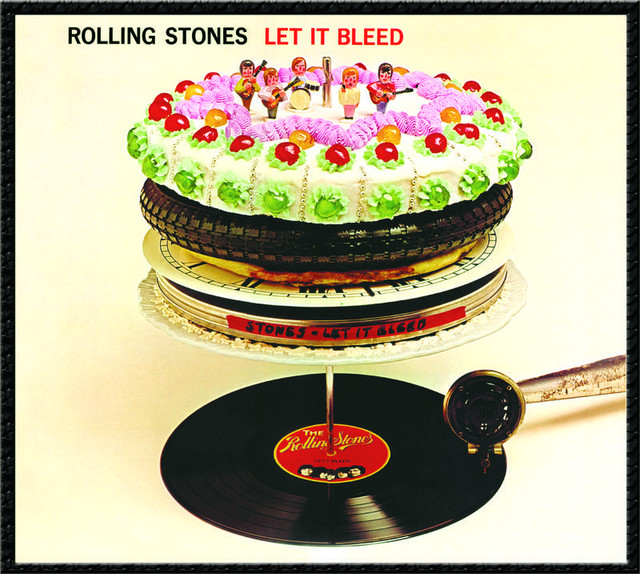
“You Got the Silver” stands out as Keith Richards‘ first solo vocal on a Stones album, appearing on 1969‘s Let It Bleed during the band’s full embrace of American roots music. The track’s acoustic slide guitar and country-blues arrangement showcase Richards‘ growing confidence as vocalist and songwriter. File this under “criminally underrated” — while radio still spins “Satisfaction” twice per hour.
Unvarnished production highlights natural chemistry between Richards‘ acoustic guitar and Mick Taylor‘s slide work, creating instrumental conversation that mirrors intimate lyrical content. Richards‘ weathered vocal delivery perfectly suits the lovelorn lyrics, demonstrating that emotional authenticity trumps technical perfection every time. This is the sound of musicians prioritizing soul over stadium-filling spectacle — something their current $200-ticket tours could learn from. Richards’ acoustic slide guitar work earns him a place among the greatest guitarists in rock history.
2. “Lady Jane” (Aftermath, 1966)
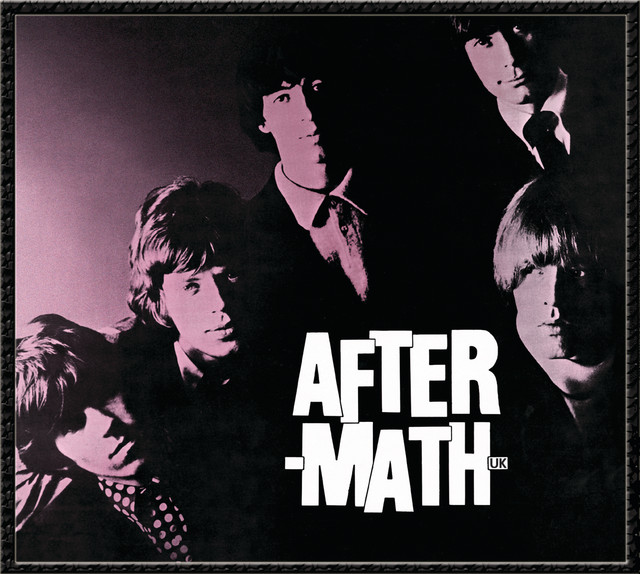
“Lady Jane” represents one of the Stones‘ earliest ventures beyond blues-rock into baroque folk territory. Released on 1966‘s Aftermath, the song showcases Brian Jones‘ facility with unusual instruments – particularly delicate dulcimer playing that gives the track its distinctive medieval flavor.
Courtly lyrics and mannered delivery might seem at odds with the Stones‘ rebellious image, but this tension makes it fascinating. Jagger adopts formal, almost Elizabethan vocal approach while Richards provides subtle acoustic backing. The track demonstrated willingness to explore territory far beyond blues foundations.
1. “No Expectations” (Beggars Banquet, 1968)
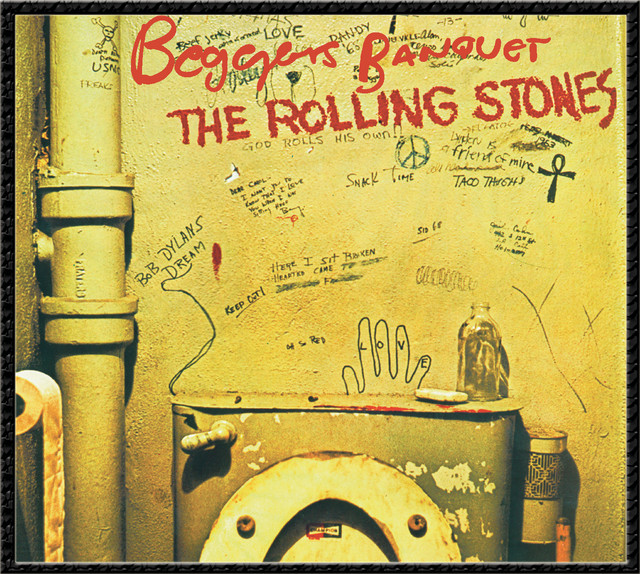
“No Expectations” marked a pivotal moment as the band pivoted from psychedelic experimentation back to blues foundations. The track features Brian Jones‘ final significant contribution – haunting slide guitar that weaves through the acoustic arrangement like a ghostly presence.
Understated production highlights the interplay between Richards‘ fingerpicked foundation and Jones‘ slide work, creating Mississippi Delta atmosphere that feels both authentic and distinctly Stones. Jagger‘s restrained vocal delivery perfectly complements the sparse arrangement, proving the band could create tension without cranking amplifiers.





















